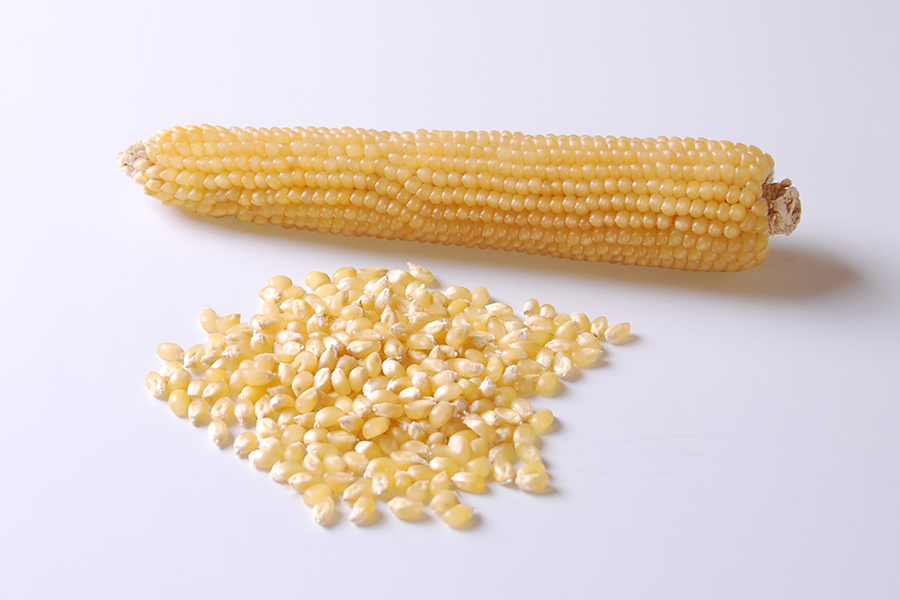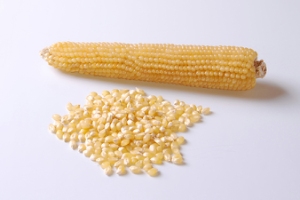
R98114W
An excellent eating-quality white popcorn that yields as well as many yellow hybrids. Strong stalks and roots help resist lodging. It provides high resistance to Common Rust and intermediate resistance to Goss' Wilt.
| V06039 : R98114W | ||
|---|---|---|
| Treatment | * Pkg Size | ** Price (USD) |
| Treated | 2.5M seeds | $14.25 |
| Treated | 10M seeds | $52.00 |
| Treated | 25M seeds | $123.75 |
| Treated | 100M seeds | $470.00 |
|
* M = 1,000 ** US customer prices shown in USD. *** Canadian customers, please log in to see CA prices in USD. |
||
Goss' Wilt
Attributes
Growing Tips
- Eating Quality
-
No popcorn varieties are hulless. Eating quality is a measurement of flavor, kernel tenderness and hulls that are thin and break and disperse during popping. Thicker hulled hybrids retain the hull in the popped product and tend to remain in your teeth after eating. Factors influencing popcorn quality include kernel moisture and expansion ratio, processing procedures, home storage and handling. Good popcorn should provide at least 98% popped kernels with well under 2% unpopped kernels. Proper care at the processing level helps to assure this.
- Eating Quality Rating
-
Good to Poor.
- Expansion
-
Refers to the increase in volume of unpopped corn after it is popped. To illustrate, if a given volume of unpopped corn expanded to a 40 rating when popped, the volume increase was 40 times. All data is collected on the standard test popper.
- Lodging
-
The percentage of stalks broken below the ear at harvest time.
- Mushroom Shape
-
The popped shape that is the most desirable for manufacturing caramel corn etc. due to tougher more durable shape after popping. Always less desirable as eating corn.
- Yield
-
Pounds of shelled corn adjusted to 13.5% moisture.
- Storage
-
To maintain the best quality popcorn, store at 13 - 14.5% moisture content.

